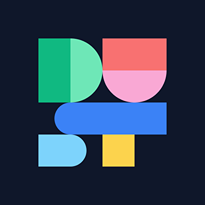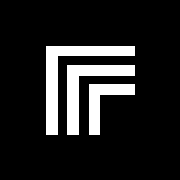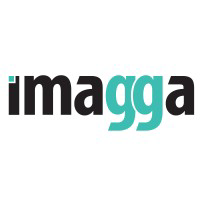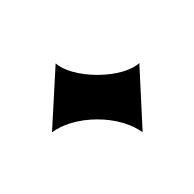Gleek Review 2025: What It Is, How to Use It & Is It Worth It?
Create diagrams efficiently using text commands.

Text-to-diagram conversion
Confluence and Azure DevOps integration
Git repository storage
Gleek Description
Starting price
6.95
- Free plan
- Paid
- Free trial
Gleek Detailed Review
Gleek is a unique player in the diagramming space, offering a text-to-diagram service that's a breath of fresh air for anyone tired of the click-and-drag routine. It's like a secret weapon for the keyboard warriors among us who prefer to keep their hands on the home row. The tool's syntax is intuitive once you get the hang of it, and for those who live in code editors, it feels right at home.
Gleek's integration with Confluence and Azure DevOps is a huge plus, allowing teams to embed diagrams directly into their workflows. This feature is a game-changer for teams using these platforms, as it eliminates the need to switch between tools when working on project documentation. The ability to store diagrams in a Git repository is another standout feature, offering version control and easy sharing among team members.
The free version of Gleek is somewhat limited, allowing only 5 diagram files and 40 objects per file, which might be restrictive for power users. However, it's a good starting point for those who want to try out the tool's capabilities. The Premium plans offer more features, like the ability to customize the look and feel of diagrams and access to Gleek AI Chat, which can generate diagrams from simple text commands.
However, Gleek isn't without its drawbacks. The learning curve for the syntax can be steep for newcomers, and the lack of mouse support might be a deal-breaker for some. The free version also contains ads, which can be distracting, and support is only available for paid plans.
In terms of pricing, Gleek is fairly competitive. The Premium Monthly and Team plans are priced at €6.95/month, which is reasonable for the features offered. The Per-Activity plan at €10.99/month is an interesting option for those who don't need to use the tool regularly, as it allows users to pay only for what they use.
For teams, the ability to upgrade members to the Team Plan is straightforward and can be managed by the Team Plan Owner through the app's User Management section. This makes it easy to maintain control over team access and billing.
The User Journey Diagram feature is a standout, helping to visualize the emotional journey of users through a product. This can be invaluable for UX designers and marketers looking to improve the user experience.
Overall, Gleek is a powerful tool for those who prefer a text-based approach to diagramming. Its unique syntax and keyboard-centric design make it a standout choice for developers and other technical professionals. While it may not be the best fit for everyone, its competitive pricing and robust features make it worth considering for teams and individuals looking for an efficient way to create diagrams.
Similar AI Tools

Dust
Developer Tools
Streamline the creation and deployment of large language model apps.

Replicate
Developer Tools
Run and fine-tune machine learning models in the cloud.

Imagga
Developer Tools
Enhance applications with advanced image recognition and analysis.

Monster API
Developer Tools
Access generative AI models without managing GPU infrastructure.